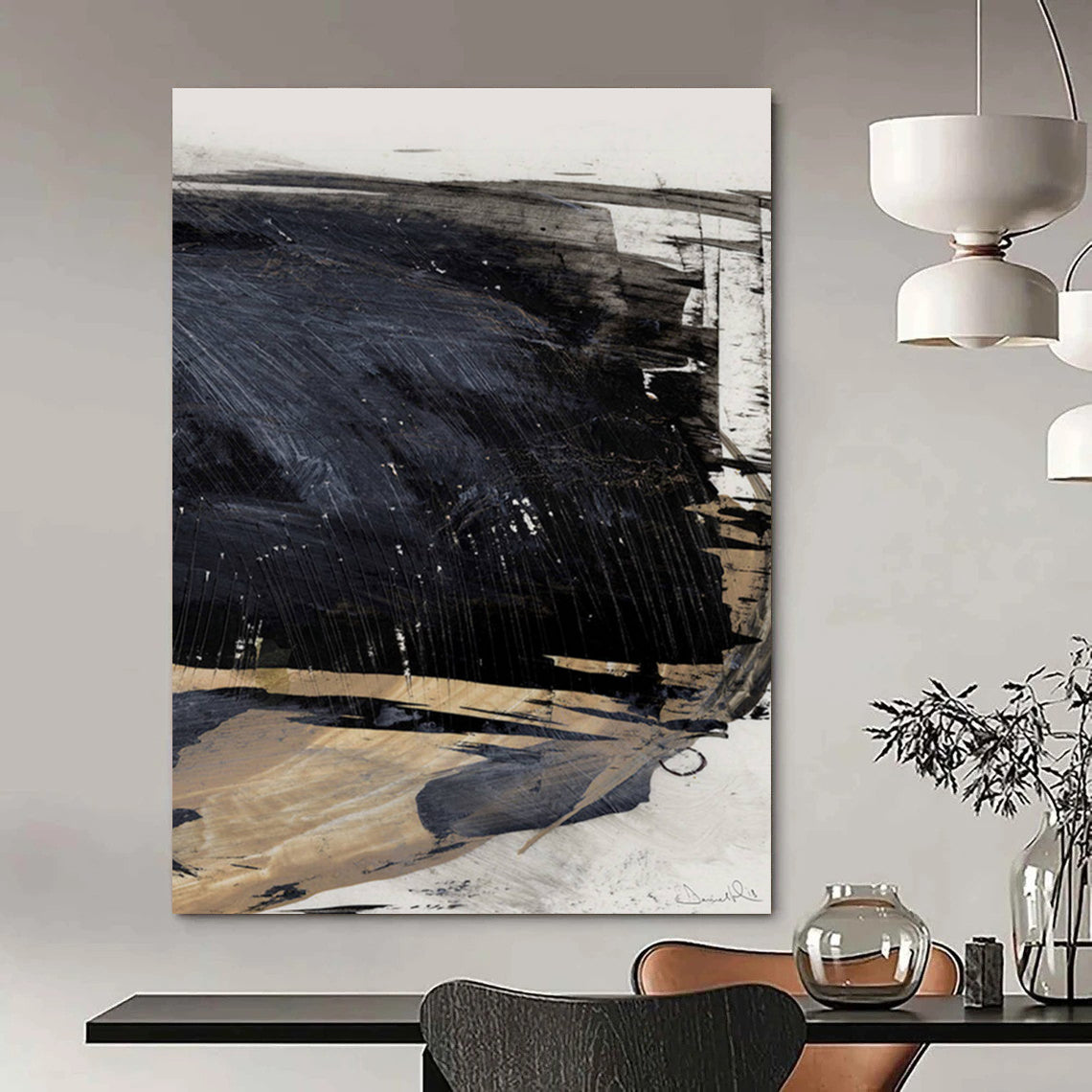In August 2020, the catastrophic explosion at the Beirut port devastated much of the city, including treasured cultural landmarks such as the historic Sursock Palace. Among the art damaged was a significant and previously lost work attributed to the renowned Italian Baroque painter Artemisia Gentileschi: Hercules and Omphale. This masterpiece endured extensive physical damage due to the blast but has since undergone a meticulous restoration process spearheaded by experts at the J. Paul Getty Museum, reflecting a remarkable commitment to preserving artistic heritage amidst tragedy.

Artemisia Gentileschi’s depiction of the mythological tale echoes her known themes of female strength and complex identity. The story centers on Hercules serving Queen Omphale, a reversal of traditional gender roles, a motif consistent with Gentileschi’s pioneering exploration of power and vulnerability. The rediscovery of this painting enriches scholarship on Artemisia Gentileschi, an artist who broke barriers during the 17th century and whose works remain influential in the study of Baroque art and feminist art history.

The 2020 Beirut explosion, caused by a massive stockpile of ammonium nitrate detonating in the port area, tragically impacted Beirut’s cultural institutions. The Beirut port explosion severely damaged the Sursock Palace’s roof and interiors, resulting in physical destruction to the building and artworks housed within. Among the destroyed objects, Hercules and Omphale was found buried beneath debris, sustaining punctures from shattered glass and plaster, multiple tears, as well as dirt and soot deposits.

Following its rescue, the damaged painting was carefully transported to Los Angeles for restoration. Conservators at the Getty Museum, including senior paintings conservator Ulrich Birkmaier and Rome-based expert Matteo Rossi Doria, undertook a painstaking multi-year process to restore the artwork. Using advanced technologies such as X-radiography and infrared imaging, they were able to uncover Gentileschi’s original brushstrokes beneath layers of dirt and previous restoration attempts, facilitating an accurate and respectful reparation. The conservators balanced restoration with preservation of the painting’s history, deliberately leaving visible areas of damage as a testament to the artwork’s survival.

The restored Hercules and Omphale debuted publicly at the Getty in the exhibition Artemisia’s Strong Women: Rescuing a Masterpiece, which opened in June 2025 and highlights Gentileschi’s extraordinary contributions to art history. This exhibition, featuring five of the artist’s works, affirms her status as a trailblazer and brings renewed focus to her narrative of resilience and strength. After its time at the Getty, the painting is slated to travel to the Columbus Museum of Art and eventually return to Beirut, symbolizing the ongoing cultural recovery of the city.

This restorative journey highlights not only the technical brilliance of the conservation team but also the importance of global collaboration in protecting cultural heritage. For those interested in the broader story of Gentileschi’s life and work, her Wikipedia page offers comprehensive insights. Likewise, detailed coverage of the Beirut tragedy and its aftermath is available on the Wikipedia page dedicated to the explosion, providing context to understand the scale of cultural loss and recovery.

Image Sources
-
Photographs documenting the painting’s condition pre-, mid-, and post-restoration are accessible via the J. Paul Getty Museum’s official exhibition page.
-
Reputable publications such as The Art Newspaper have featured insightful articles with images tracing the restoration project.
-
High-resolution images and expert commentary appear in art-focused digital platforms like Artnet News.
Frequently Asked Questions (FAQ)
1. Who was Artemisia Gentileschi?
Artemisia Gentileschi was a pioneering Italian Baroque painter celebrated for her dramatic and emotive works portraying strong women, making her one of the most significant female artists of the 17th century.
2. What is the significance of the painting Hercules and Omphale?
The painting depicts a mythological scene where Hercules serves Queen Omphale, symbolizing a reversal of power dynamics. It enriches Gentileschi’s body of work with themes of gender and strength and exemplifies Baroque artistry.
3. How was the painting damaged in the 2020 Beirut port explosion?
The explosion caused the collapse of parts of Sursock Palace, resulting in physical damage such as punctures, tears, and dirt accumulation on the painting, severely affecting its structural and surface integrity.
4. What restoration techniques were used to save the painting?
Conservators employed advanced imaging technologies, careful cleaning, varnish removal, and delicate repair of tears, aiming to conserve both the original painting and its damaged history.
5. Where can the public view the painting now?
Currently, the restored painting is exhibited at the J. Paul Getty Museum in Los Angeles as part of the exhibition Artemisia’s Strong Women: Rescuing a Masterpiece (June – September 2025). It will later travel to Columbus Museum of Art and return to Beirut.
This restoration underscores the resilience of cultural heritage and highlights Artemisia Gentileschi’s enduring legacy as an artist who continues to inspire centuries after her time. Hercules and Omphale stands not only as a work of art but also as a symbol of hope and renewal for Beirut and the wider art world.

